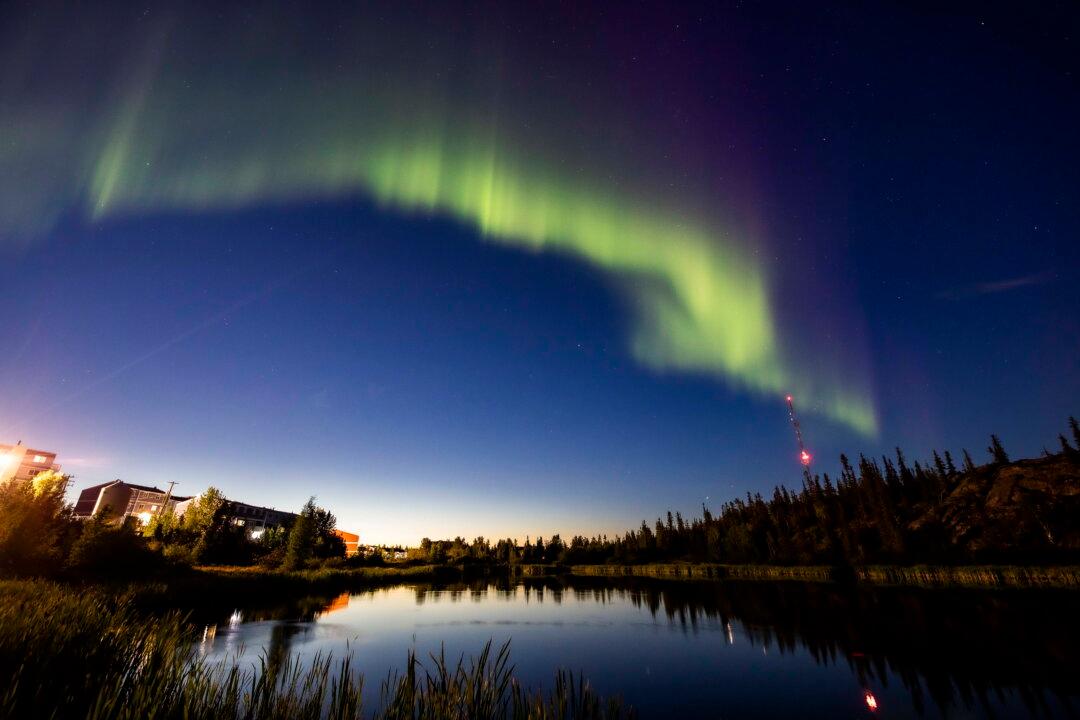Canadians may have the opportunity to witness a stunning celestial spectacle tonight thanks to a major geomagnetic storm that is expected to increase the brilliance of the Northern Lights.
Government agencies in Canada and the U.S. have issued major geomagnetic storm watches, signalling an atmospheric disturbance that may enhance the visibility of the aurora borealis after dusk.





